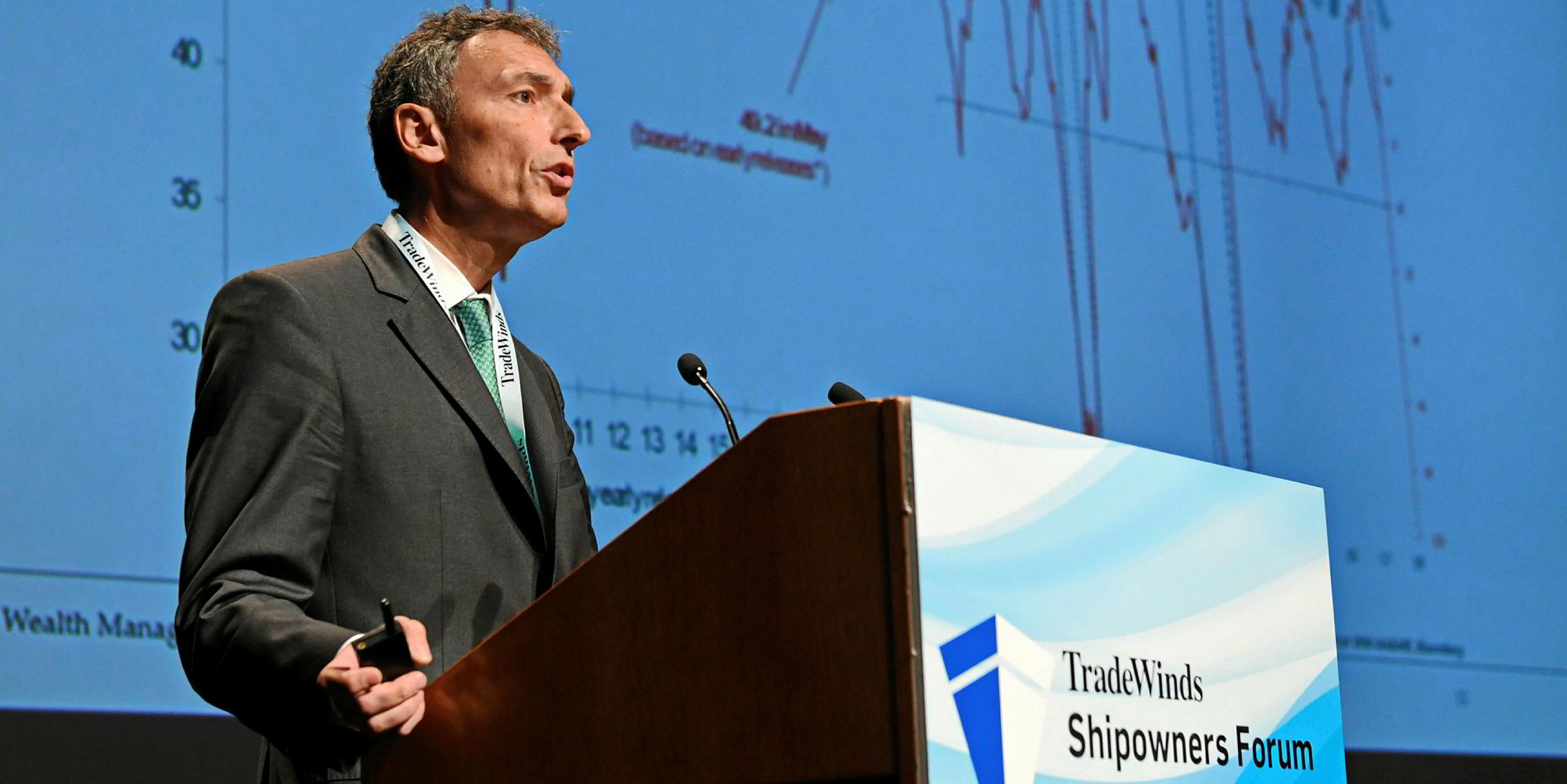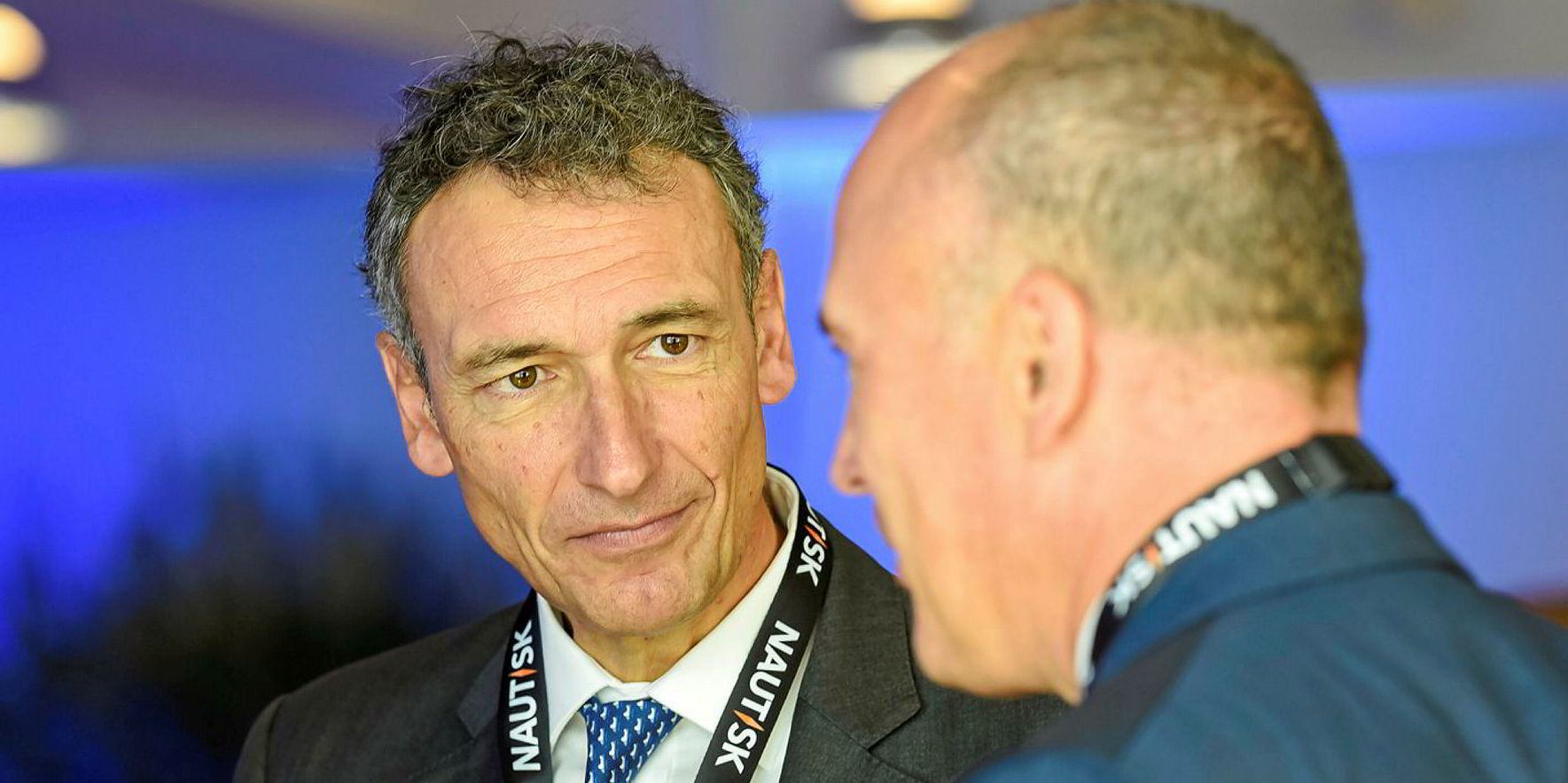Amidst a surplus of uncertainty, one thing that we do know for certain is that the world’s manufacturing sector continues to slow.
The key risk to the current global economic cycle is that this manufacturing slowdown spreads to the services sector and consumption, triggering a worldwide recession.
Signs of this are already evident in Germany, where firms have started implementing temporary unemployment measures. And yet, the situation has not become concerning enough in many places for governments to react.
One thing we did not anticipate was that the manufacturing sector weakness would reach the US, where the economy has been resilient so far.
A key indicator released this month suggests US manufacturing activity recorded its lowest level in more than a decade in September.
At this point, it is too early to know whether this is a one-off blip or if there are structural drivers behind the decline. If the latter, it could be the first indication that the US-China trade dispute is backfiring on the US economy.
US exports have also taken a hit for the first time, only after months of declining Chinese and European growth and trade activity. Given the lack of visibility over the next 18 months, companies are postponing major investment decisions, which will in turn stall the economy further.
While the Federal Reserve has acted to sustain the US economic expansion by cutting rates, if the US manufacturing slowdown persists, monetary policy will not be enough to keep the US out of a recession, no matter how many tweets Trump sends about the Fed.
A potential positive outcome of such an eventuality is the pressure it would put on Trump to call a trade truce with China in order to avoid weak economic conditions as he faces re-election.
Other potential global growth redeemers could come from emerging markets, particularly China and India, where monetary and fiscal stimulus policies are in play. India’s recent corporate income tax cut – from 30% to 22% – was immediately celebrated by markets. More such policies could serve to both directly stimulate the domestic economy and prop up consumer confidence.
While major central banks the world over have been instrumental in supporting the current economic cycle, many have reached their limits in terms of what they can do. With slowing growth and flagging inflation, governments must now step in and take up the task by implementing expansionary fiscal measures, to keep the global economy firing on all engines.
Alexandre Tavazzi is head of the CIO office and global strategist at Pictet Wealth Management





